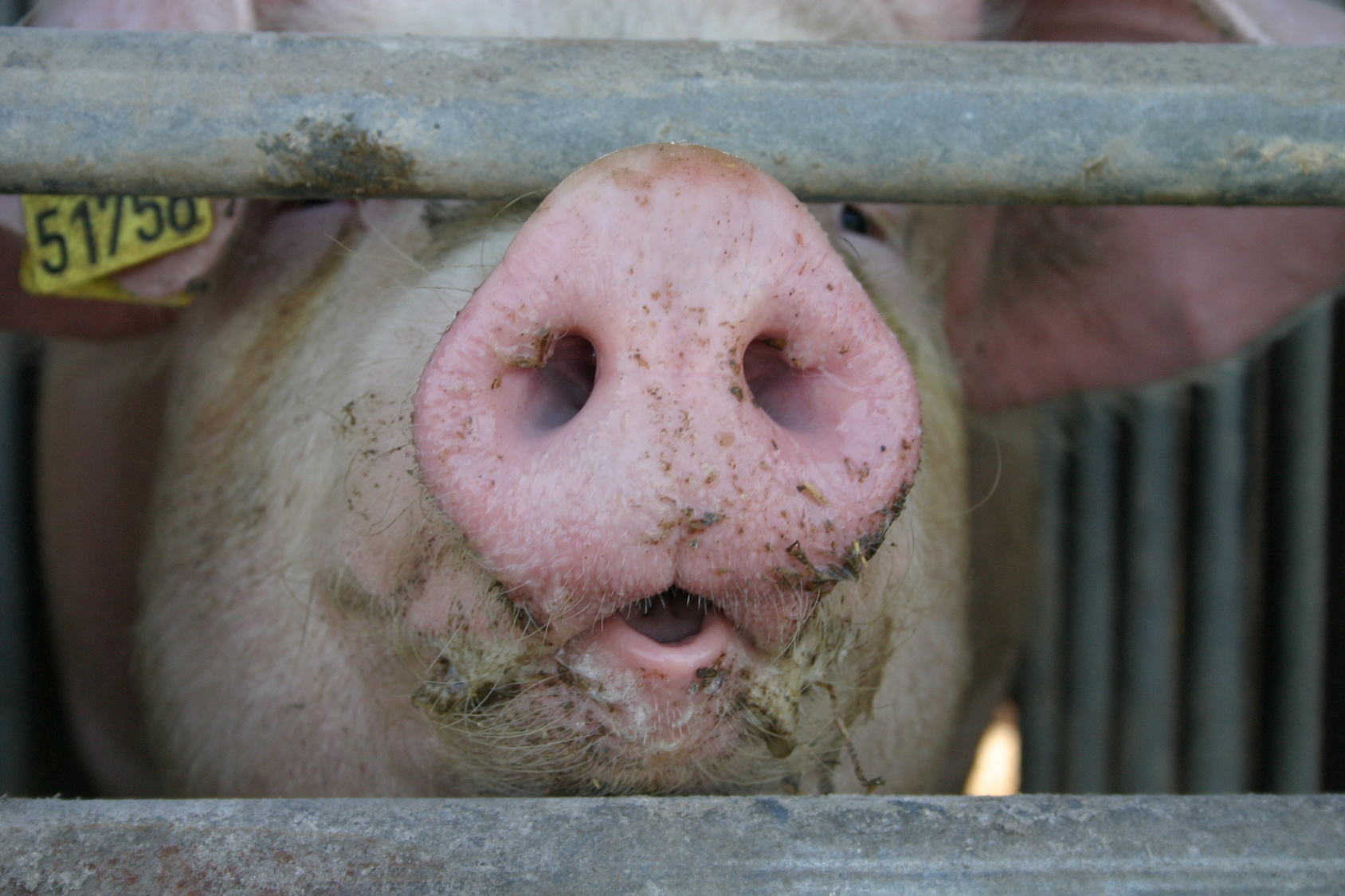Ammonia emissions from intensive rearing of pigs at high levels

Ammonia emissions from intensive rearing of pigs continue to be at high levels in Germany.
Quelle: Martina Berg / Fotolia.com
Extensive emissions of Ammonia into the air remain a well-known problem for years. This has resulted in oversupply with nutrients, processes of acid deposition and the loss of biological diversity in ecosystems. The largest part of ammonia emissions in Germany is generated in the agriculture sector (95 %), with 52 % stemming from cattle farming and 20 % from intensive rearing of pigs.

